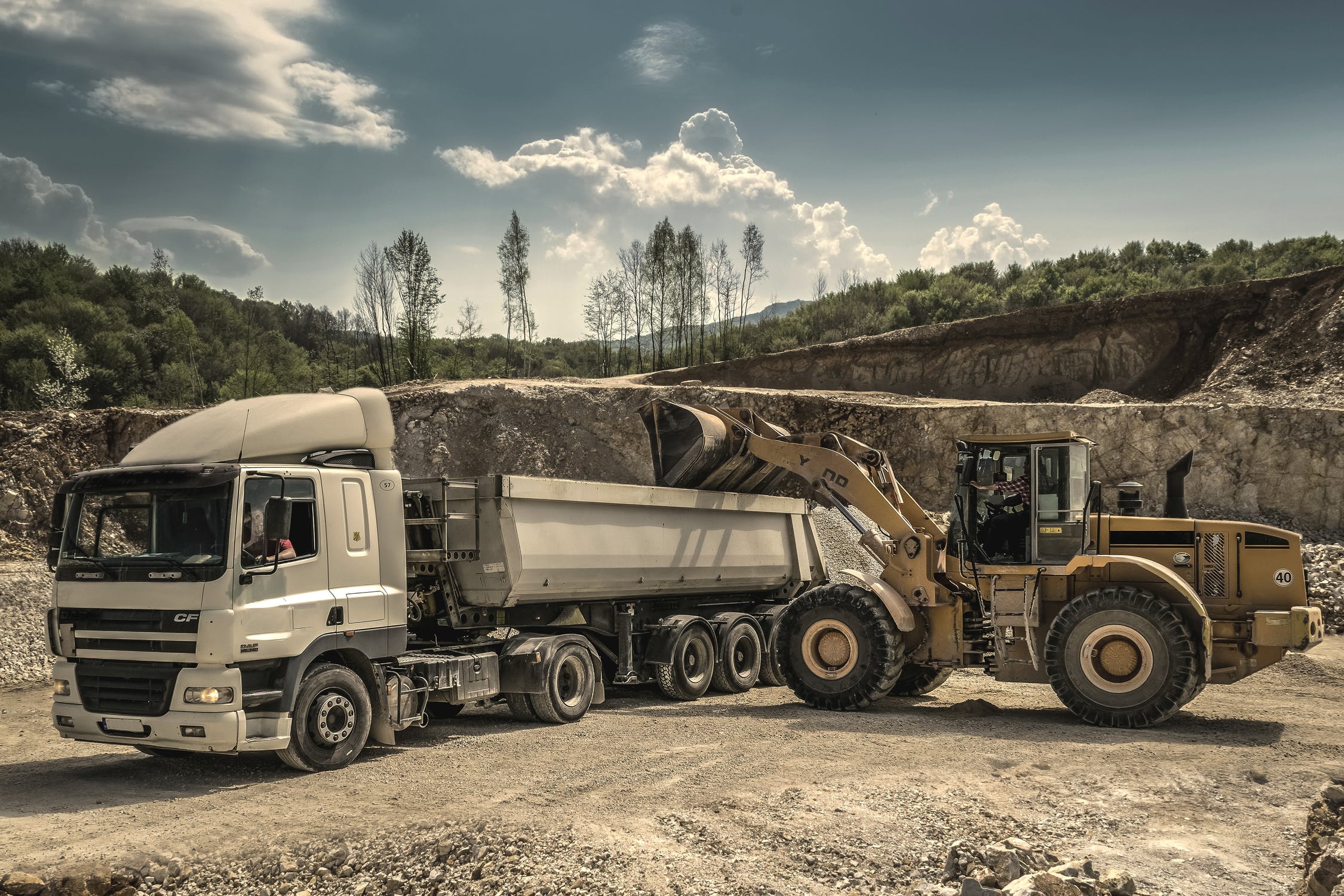The global vocational truck market is growing at an unprecedented rate. The major reasons behind the trend are the rise in construction activities, expansion of the mining industry, and increased urbanization. Canada is set to be one of the important contributors to the upward trend.
Every heavy equipment magazine has raved about how heavy-duty vocational trucks have evolved significantly in the last 50 years. Read on to find more about vocational trucks and how the industry is set to grow in the upcoming years.
Increased Customization of Trucks
Vocational trucks can be used for concrete mixing, firefighting, etc. Then, there are the lightweight vocational trucks that can be used for food services, telecommunications services, etc.
Few manufacturers deliver the complete vocational truck that perfectly fits the requirements of the end-user. However, many truck manufacturers are more focused on providing customized solutions to each client. Therefore, functional and aesthetic customization of vocational trucks is bound to grow further.
First, vocational truck manufacturers talk to the client about the intended purpose of their fleet. Then, they go back to the bodybuilders and work with them to deliver the customized solution.
As mentioned in more than one heavy equipment magazine, vocational truck manufacturers will act more like liaisons between the client and the bodybuilding unit. While customizing the vocational trucks, the location of truck usage, the safety limits of the vehicle, and the regional regulations are all considered.
Continued Focus on Safety Measures
Safety has always been a significant area of improvement for commercial as well as vocational trucks. In the future, the focus on improving safety will continue to grow tremendously.
Hiring and training vocational truck drivers takes much effort and money. However, retaining them can be easier if they are awarded the safest features of the vehicle. In addition, in-cab benefits such as customizable seating, additional camera options, tilt, and telescope steering, etc., will make the driver feel comfortable and safe.
Improved versions of other safety features like audible alerts, customizable and visible seat belts, high visibility handles, and so on will also be implemented in vocational trucks. The idea is to support the growing demand for vocational trucks with optimal safety features.
Automated Manual Transmissions (AMT) and Fully Automatic Transmissions
The vocational truck industry has entirely moved into automatic transmissions from the manuals. However, choosing the right option between AMT and fully automatic is crucial.
A heavy machinery magazine would point out the cost difference between the two models (AMTs cost lesser). However, there is some difference between AMTs and fully automatic vehicles, such as shifting between gears. But with time, AMTs, like any other technology, are expected to get better. The shifting is expected to become smoother and not so noticeable.
AMTs will continue to be the preferred option if the vocational truck is used for highway driving where there is no need for shifting or when it is used for garbage collection where it needs to make frequent stops.
Improvements to AMTs are expected to make them more reliable and provide better fuel economy in the future.
The Emergence of Remote Diagnostics
Technology is already a game-changer in the vocational trucks industry. Different technology solutions are being used to monitor vehicle location, assess performance, and so on. The use of technology to replace technicians and service members in vocational trucks may be a trend in the future.
As postulated by a popular heavy equipment magazine, the Internet-of-things (IoT) may be used for remote diagnostics in vocational trucks. By using the technology, routine in-person visits can be eliminated. While the trucks continue to do their job, software solutions imbibed within the trucks may replace the personnel.
Vocational Trucks in 2021 and Beyond
As COVID vaccination numbers go up and the economy finds its feet, the vocational truck industry is expected to grow. There will be an increased focus on truck safety, technological innovations, and higher fuel efficiency in the industry.
Technical advancements in vocational trucks will continue to grow. As a result, these vehicles will develop into more comfortable, safer, and well-built solutions in a variety of industries. A good heavy equipment magazine will help you keep track of the latest developments in the industry.
Conclusion
In the earlier days, vocational trucks were straightforward. They were harder to drive, and the durability of the engine was not great. However, in the past 50 to 60 years, there have been some dramatic changes in their design, functions, and operation.
Electronic revolution, the rise of technology, and the need for intelligent communication and higher efficiency have pushed the vocational truck market a notch higher towards excellence, and they are expected to get even better in the future.
